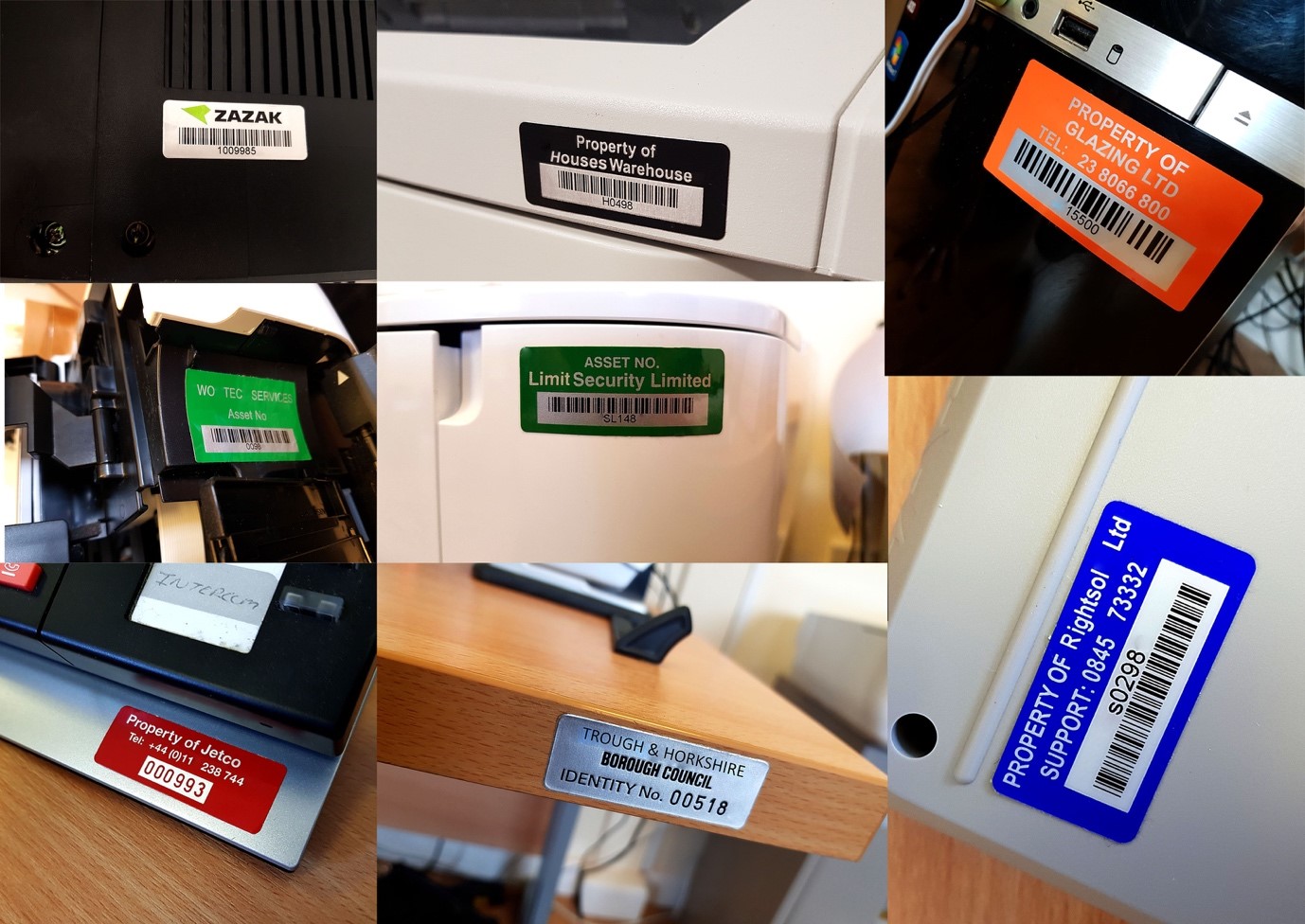
Asset labels do not only benefit the safety of your business – they also provide clear economic advantages for your staff and customers.
Of course, asset labels are there for stock management and security purposes, but they can also implicitly improve the efficiency of work.
So, if you’re looking to find out how asset tagging and tracking can save you money, read on below.
Why Is Asset Tagging Important?
Improving Workflow and Communication
Your employees will be able to find stocked goods faster if you have an asset tracking system in place. If you own a large warehouse, for example, then lacking a labelling system or neglecting to track assets will lead to many hours of lost time looking for goods to dispatch or use.
Not only will it take time for employees to find an item they need, but the inventory or general manager will waste many man-hours directing staff to where they need to go.
Communication is important in the workplace, and there is only a set number of hours in a working day. In fast-moving, deadline-orientated businesses, wasting time on communicating information that can be transcribed onto a label isn’t in line with modern, money-saving practices.
Asset labels allow you to keep a record of where items are, so employees just need to be trained on how to use the asset tracking software instead of needing to memorise inventory location.
Reducing The Chance of Broken Inventory
Asset tags not only track where an item is but, by using barcodes, key information about the item can be stored.
This information can include handling instructions, safety measures, maintenance guidance and what the item is.
By arming employees such as warehouse workers with this information, it significantly lessens the chance that they accidentally mishandle an item and break it. That means less broken goods and money wasted for your business.
Safeguard Against Stolen Goods
One of the quickest ways to lose money is theft. While thefts are, overall, uncommon, having asset tagging can help should the worst happen to you.
The biggest risk of not tagging assets is that it leaves you open to theft. If you don’t tag your assets, then you can never be sure of what you have stocked, where they are, and of what quantities.
This presents an opportunity for an item to be stolen without you even knowing it.
Save Money With Asset Labels Today
The economic benefits of asset tracking not only extend to your stock but also the way your employees work.
If you wish to streamline activity and give employees the best chance they can to perform, then consider our range of asset labels.